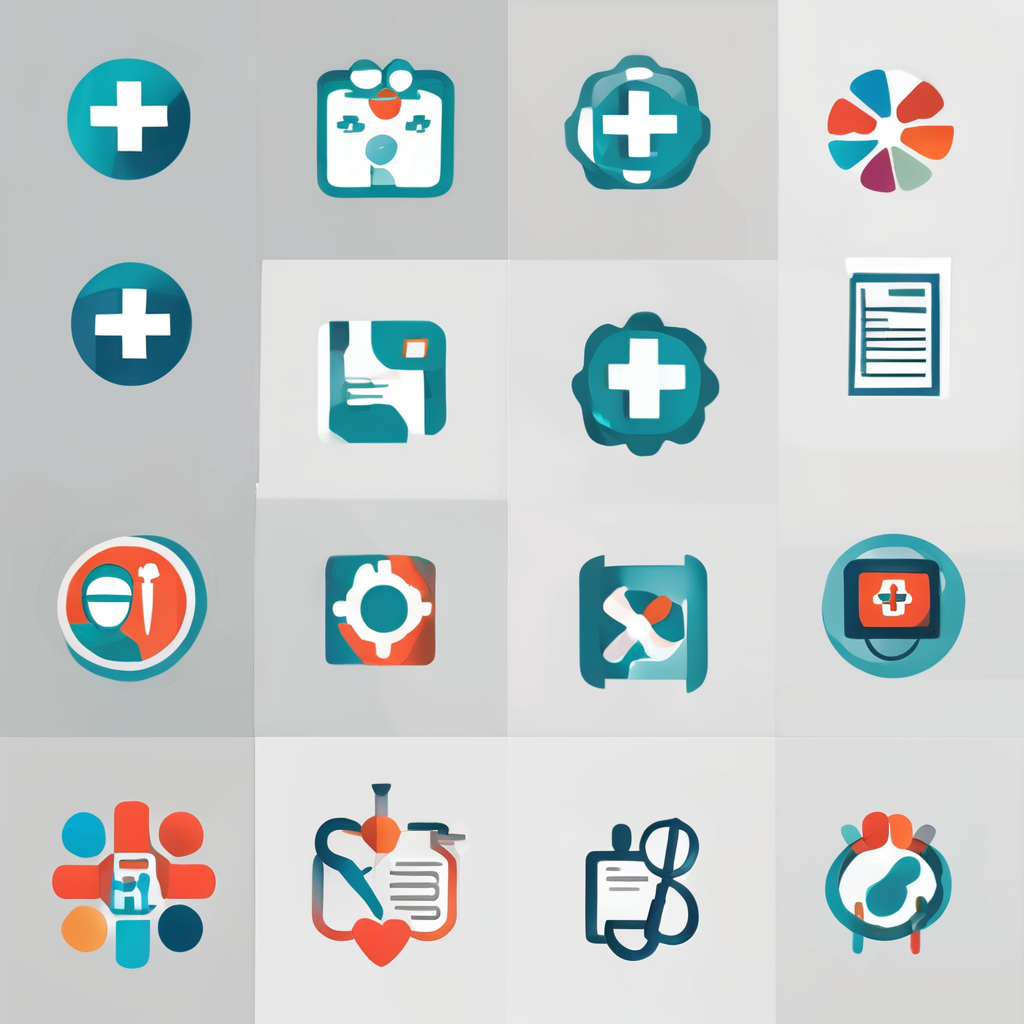As you age, driving can present new challenges that require thoughtful consideration and adjustments. Aging is a natural part of life, characterized by the wisdom and experience that come with it. However, it may also bring about changes in vision, hearing, and reflexes, all of which play a critical role in driving safely. This article seeks to provide you with a comprehensive guide on how older adults can practice safe driving, ensuring that you remain confident and secure on the road. We will cover essential aspects like assessing your driving capabilities, understanding safety tips, making the most of available resources, and considering alternative transportation options.
Understanding the Impact of Aging on Driving
Driving is an everyday task that involves a complex interplay of physical and cognitive skills. For older adults, changes in these areas due to aging can affect their ability to drive safely. By identifying these changes and understanding their impact, you can take proactive steps to ensure safety on the road. Vision and Hearing: As you age, you may notice your vision and hearing are not what they used to be. These senses are crucial for driving as they help you detect obstacles and respond to road signs and signals. Regular eye and ear check-ups are essential to maintain a clear line of sight and sound. Consider using adaptive technologies like amplified hearing devices or corrective lenses if required. Reflexes and Reaction Time: Reflexes tend to slow down with age, making it harder to react quickly to sudden changes in traffic conditions. Engaging in exercises that improve flexibility and reaction time can help. Simple activities such as daily walks, stretching, or even brain games stimulate reflexes and cognitive functions. Medical Conditions and Medications: Some medications and medical conditions may impair your ability to drive safely. It’s important to consult with your healthcare provider to understand the side effects of your medications and how they might affect your driving. Always keep an updated list of medications and share it with your healthcare provider. Cognitive Functions: Driving requires concentration and quick decision-making. Age-related cognitive decline can affect memory, attention, and judgment. Staying mentally active through puzzles, reading, or new hobbies can help maintain cognitive health, aiding in safe driving.
Also to discover : What are the essential vitamins and minerals seniors should include in their diet?
Assessing Driving Capabilities
Knowing when to assess your driving abilities is critical in ensuring ongoing road safety. It’s not just about how well you drive now, but about making sure you continue to drive safely in the future. Objective Self-Assessment: Conduct an honest self-assessment of your driving skills. Ask yourselves questions like: Do you have difficulty reading road signs? Is it challenging to react to sudden changes in traffic? Are you comfortable driving at night or in inclement weather? These reflections can help you identify areas that need improvement or adaptation. Feedback from Family and Friends: Sometimes, those closest to you can provide valuable insights into your driving habits. They may notice changes that you might have overlooked. Engaging in open conversations with family and friends about your driving can lead to constructive feedback and support. Professional Evaluation: If you have concerns about your driving skills, consider undergoing a professional driving assessment. Occupational therapists and driving specialists can provide comprehensive evaluations, offering tailored advice and resources to help you continue driving safely. Technology Assistance: Modern cars come equipped with technologies designed to assist drivers. Features such as rear-view cameras, blind-spot monitoring, lane departure warnings, and adaptive cruise control can greatly enhance your safety on the road. Familiarizing yourselves with these systems can make driving more secure and enjoyable.
Practical Tips for Safe Driving
Adopting practical safety tips can make a significant difference in your driving experience. Here are some actionable measures that can help you remain a safe driver: Plan Your Trips: Before hitting the road, plan your route in advance. Consider traffic conditions, road constructions, and weather forecasts. Avoid high-traffic times and complicated intersections when possible. GPS devices or apps can also aid in navigation and reduce stress. Stay Focused: Minimize distractions while driving. Ensure your mobile phone is on silent, and avoid engaging in activities like eating or adjusting the radio. Staying focused allows you to be more aware of your surroundings and make better driving decisions. Follow Speed Limits: Adhering to speed limits is crucial for your safety and the safety of others. Driving at a safe speed gives you more time to react to unexpected situations and reduces the likelihood of accidents. Maintain Your Vehicle: Regular maintenance checks are essential to ensure your car is roadworthy. Check tire pressure, brakes, lights, and engine oil frequently. A well-maintained car is less likely to break down and offers better performance, contributing to safer driving. Adapt to Conditions: Be prepared to adjust your driving habits according to weather and road conditions. Reduce speed in rain, fog, or snow, and increase the distance between your vehicle and the car in front of you. Use Seat Belts and Safety Features: Always wear your seat belt and ensure all passengers do the same. Familiarize yourselves with your car’s safety features and use them accordingly.
This might interest you : How can technology improve social connections for isolated seniors?
Considering Alternative Transportation Options
There may come a time when transitioning from driving to alternative transportation becomes a safer option. Understanding these options can help you maintain independence and mobility without compromising safety. Public Transportation: Public transit options, such as buses, subways, and trains, are cost-effective and reliable modes of transport. Many cities offer discounted fares for seniors, making them an affordable alternative to driving. Most public transportation systems are designed with accessibility in mind, ensuring ease of use for older adults. Ridesharing Services: Services like Uber and Lyft provide convenient alternatives to traditional taxis. They offer the flexibility to travel without the hassle of parking or maintaining a vehicle. Familiarizing yourselves with these apps can provide a sense of freedom and autonomy when planning your travel. Community Transportation Services: Some communities offer transportation services specifically for seniors, providing door-to-door service and assistance with boarding and disembarking. These services are often subsidized or free, ensuring accessibility for all seniors. Multiple Mobility Solutions: Combining several transportation methods may best suit your lifestyle and needs. Consider using public transportation for longer trips, ridesharing for immediate needs, and community services for routine outings. This diversified approach can help you tailor your mobility options to your preferences.
Driving is a vital aspect of independence for many older adults. By understanding how aging affects your ability to drive and taking the necessary steps to adapt, you can maintain your safety and autonomy on the road. From self-assessments and professional evaluations to practical safety tips and considering alternative transportation options, myriad resources are available to support you. Remember that being a responsible driver means knowing when to seek help and making informed decisions about your mobility. With this comprehensive guide, you are empowered to continue your journey safely, as you age gracefully.











